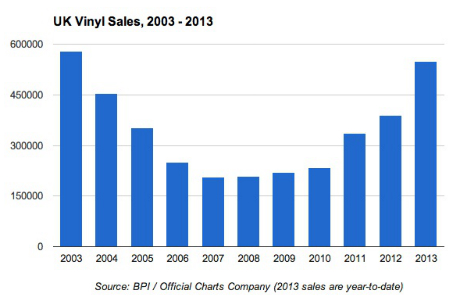With a career spanning over 50 years in electronic music, Jean Michel Jarre is very much a legend who is still releasing music. His music has been a huge part of my life ever since I heard his music on the Landscape Channel in the late 80s/ early 90s. The track, Oxygene 4 is a masterpiece and I have been enamored with Jarre ever since, having heard all his albums and owning most.
He went through a resurgence nearly a decade ago, releasing his collaboration albums Electronica 1 and 2 before dipping back into his first breakthrough album with Oxygene 3. Then, in 2018, he released arguably his best album in years- the stunning Equinoxe Infinity. Anyone fearing that he was merely trading on past glories need not have worried as he returned to his pre-worldwide success roots in 'musique concrete' (the process of using recorded sounds to create a sound montage which is often abstract in its quality) by creating a sonic soundscape inspired by the Amazon rainforest and the works of photographer Sebastião Salgado. It was a singular album but definitely more or an experience that was best viewed as a whole rather than any individual standout track. His follow up was another leftfield decision, Oxymore, a more boombastic, denser and faster paced affair than what we’ve been used to for quite a while. I liked the album just fine but it didn’t get under my skin like Equinoxe Infinity had. However, I didn’t let that worry me; I appreciate the chameleon like nature of Jarre with all its ups (Zoolook) and downs (Teo and Tea) and always look forward to seeing what the electronica maestro produces.
For a certain contingent of Jarre fans, who expect derivative works based on the Oxygene and Equinoxe albums, Jarre has apparently 'lost it' and is ‘past his prime’ etc, but as Jarre himself said during a Facebook Live session, "Some people are always unhappy". So for those who people, you might want to visit another site as this album may not be for you. Oxymore Works sees Jarre rework the Oxymore tracks with the likes of Brian Eno, Armin Van Buurin and French 79.
The album is a bright and breezy 44 minute and zips along at a cracking pace. A track by track review follows:
Brutalism Take 2 is a banger of an opener that throws the kitchen sink into the mix; there's a driving beat mixed with some John Carpenter level arpeggios and then a wailing electric guitar wending its way through the track. It quietens midway through the track then builds up to the drop... bliss!
Epica Extension features a discordant electronic orchestra wails along to a metronomic beat before a beautifully layered augmented voice kicks in and adds layer and depths to proceedings.
Brutalism Reprise has a banging EDM vibe to it with a nod to Pierre Henry and musique concrete before some whimsical angelic vocals ends the track in a note of harmony.
Epica Take 2 is a gentler take on track with a retrowave influence really lending it a vibe that is super 80s- and I’m here for it!
Synthy Sisters Take 2 is a slice of euphoric peace amongst the boombast of the other tracks, it is calm and soulful.
Epica Maxima is a melodic trance version of this track with the legendary Armin Van Buuren and it really is uplifting and euphoric. This is the most 90s like trance track and, as that’s my sweet-spot, this goes into my all-timer Jarre tracks.
Sex in the Machine Take 2 has a slow melodic beat and some warbly vocals but isn’t really my cup of tea as it sounds like a poor man’s Burial.
Zeitgeist Take 2 is a complex track and one that doesn’t gel with me. It is quite experimental but doesn’t have a through-line or consistent sound. The discordant noises smush together to make an incoherent whole.
Zeitgeist Botanica is a more melodious take on this track with a few vocals but the persistent arpeggio and beat keep it upbeat and flowing nicely.
So, overall, I enjoyed the album I think the first six tracks are good with Brutalism Take 2 and Epica Maxima being my particular favourites, but the tail end of the album didn’t excite or engage me. I’m glad that, at the age of 75, Jarre is pushing his musical boundaries and keeping things fresh. I wonder what he’ll come up with next….
LINK- Jean Michel Jarre Amazonia Review
LINK- Equinoxe Infinity Album Review
LINK- Planet Jarre Celebrates 50 Years of Jarre
LINK- Jean Michel Jarre Oxygene 3 Album Review
LINK- Jean Michel Jarre Electronica Vol. 2 Album Review
LINK- Everybody in the Place- An Incomplete History of Britain 1984- 1992 By Jeremy Deller







